A new international report lays out the challenges to building Earth’s next great mega-project — and they’re more surmountable than you think.
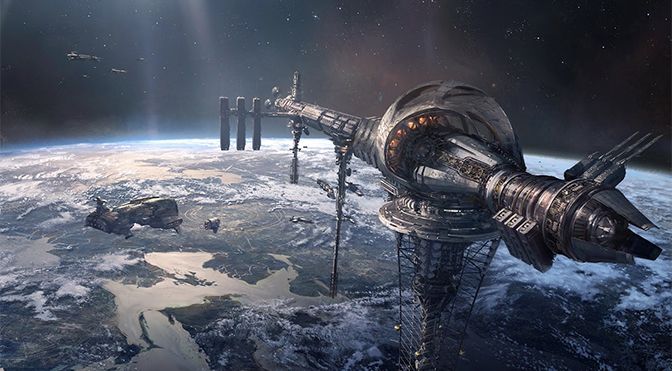

A new international report lays out the challenges to building Earth’s next great mega-project — and they’re more surmountable than you think.
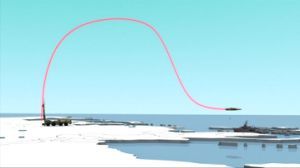
By Jim and Drury Ambitious plans to build a twenty kilometer (12.4 miles) tall space elevator tower have been announced by a Canadian space technology firm. Although this distance is a mere fraction of that reached in space missions, Thoth Technology says its ThothX Tower will make a major cost reduction in space flights by helping navigate the difficult first 50 kilometers (31 miles) of travel that traditionally requires rockets. In addition to needing to carry sufficient fuel to get a payload into orbit, they need extra fuel in order to carry the required fuel to reach that point in the first place. Despite first being proposed more than a century ago, the idea of a space elevator has always appeared fanciful. Thoth Technology has been granted a United States (US) patent for the elevator, which is pneumatically pressurized and actively-guided over its base.

Scary conversation with an AI
These days, robots are being developed with some absolutely amazing technology. Indeed, robotics technology has become so impressive that the notion of the whole Terminator scenario (robots taking control of the human race) becoming our reality is starting to seem a lot less far-fetched. Not only are they beginning to look incredibly realistic, they are starting to develop the capacity to think for themselves as well.
A prime example of these new and improved robots is an android that was created by roboticist David Hanson; this android closely resembles the late, great science fiction writer, Philip K. Dick, the author of many popular films including: Bladerunner, Totall Recall, Minority Report, and Paycheck.

Heales, The Healthy Life Extension Society, is dedicated to promoting and informing the public about life extension and longevity breakthroughs. In this spirit, Heales has announced a Short Film Competition with a grand prize of €3.000. Heales wants you to capture why living longer, healthier lives will be something to celebrate, not fear.
We caught up with Didier Cournelle, director of the society, to find out more about the competition:
Why do you think there are so few positive portrayals of longevity and life extension in the media? In general, the press prefers bad news to good news. Good news concerning longevity is difficult to describe because it is often made of small, incremental progress. Another aspect is that the idea of radical life extension looks fringe to many people. Last aspect: to speak about longevity is to speak about death and unconsciously, we tend to avoid what reminds us of our own death.
Cool article on longevity science:
The search for the fountain of youth continues in Silicon Valley.
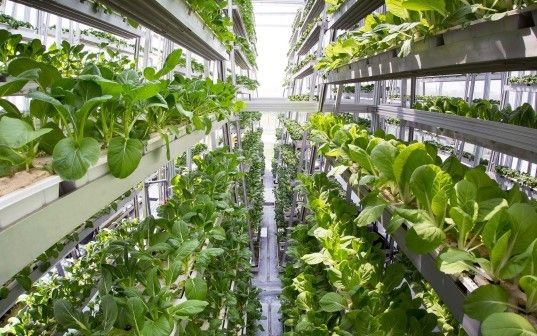
When it comes to growing food, the sky’s the limit thanks to innovations like the Sky Urban Vertical Farming System. Designed and pioneered by the Singapore-based company Sky Greens, the vertical farming system is a revolutionary modern spin on the ancient practice of agriculture. Using cutting edge technology, the system demonstrates an energy efficient, environmentally friendly method of producing food that could be a powerful tool in feeding the ever-growing, increasingly urbanized, global population.
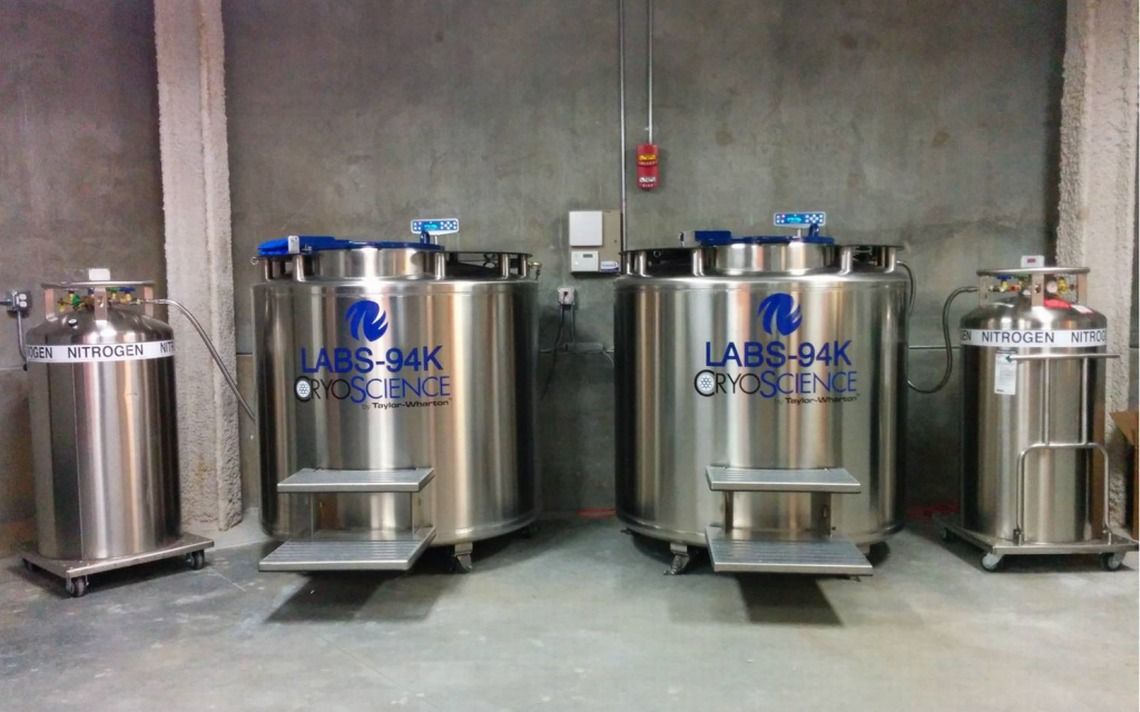
California researchers opened the world’s largest publicly available stem cell bank Tuesday, which will aid in the search for cures for genetic diseases such as Alzheimer’s, epilepsy and autism.
Universities from around the state will contribute adult skin samples to the bank, while the Buck Institute for Research in Novato will store the material.
The Stem Cell Bank is funded through a $32 million grant awarded in 2013 by the California Institute for Regenerative Medicine, which itself was established in 2004 through voter approval of Proposition 71. That measure provided an initial $3 billion in state bonds to the institute.
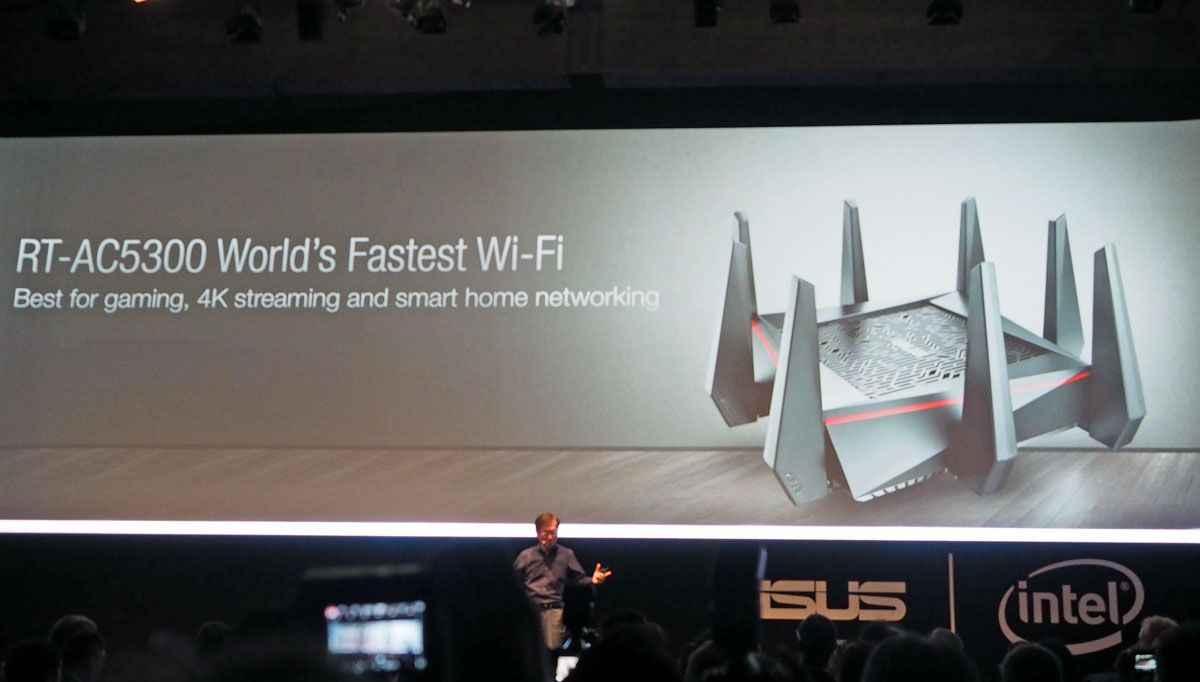
If you wanted an insane looking router with an almost as-insane boast, then say hello to ASUS’ new router. Touting it as the best for gaming, 4K streaming and smart home networking, the RT-AC5300 router will apparently give speeds that are 67 percent faster than first-gen, tri-band routers. It’s calling it the world’s fastest WiFi. ASUS is promising up to 1Gbps connections over 2.4GHz and up to 2.167Gbps on each of the two 5GHz bands — that’s a lot of data. Google just got a new router challenger.
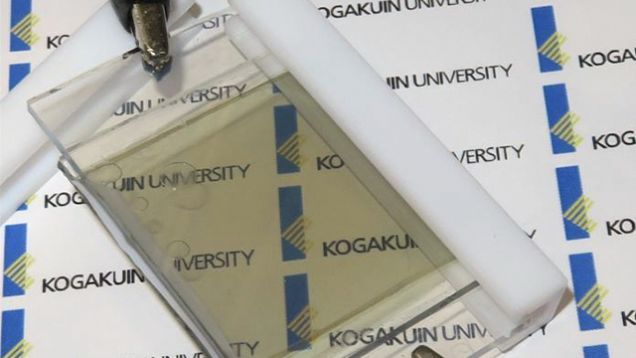
A group of Japanese researchers have managed to improve the design of a transparent lithium-ion battery so that it’s now able to recharge itself when exposed to sunlight without the need for a separate solar cell.
The transparent battery was first developed by the researchers, led by Kogakuin University president and professor Mitsunobu Sato, back in 2013. The electrolyte used for the battery’s positive electrode is made mostly from lithium iron phosphate, while the electrolytes used for the negative electrode include lithium titanate, and lithium hexafluorophosphate.
Those are all common ingredients used in Li-ion rechargeable batteries, but the thickness of these electrodes are just 80 to 90 nanometers, which allows a lot of light to pass through and makes these batteries almost completely transparent.

.
NASA Glenn Research Center, GRC, currently has several programs to advance near-term photovoltaic array development. One project is to design, build, and test two 20 kW-sized deployable solar arrays, bringing them to technology readiness level (TRL) 5, and through analysis show that they should be extensible to 300 kW-class systems (150 kw per wing). These solar arrays are approximately 1500 square meters in total area which is about an order-of-magnitude larger than the 160 square meters solar array blankets on the International Space Station (ISS).
The ISS has the four (pair) sets of solar arrays that can generate 84 to 120 kilowatts of electricity. Each of the eight solar arrays is 112 feet long by 39 feet wide and weighs 2400 pounds. There were space missions involving astronauts working in space to install and deploy the ISS solar panels.
Alliant Technical Systems, ATK, was selected in 2012 by NASA’s Space Technology Program under a Game Changing Technology competition for development of a promising lightweight and compact solar array structure. The MegaFlex™ engineering development unit, EDU, was tested at NASA GRC Plumbrook facility this year. See below for the ATK deployment of the demonstration unit.